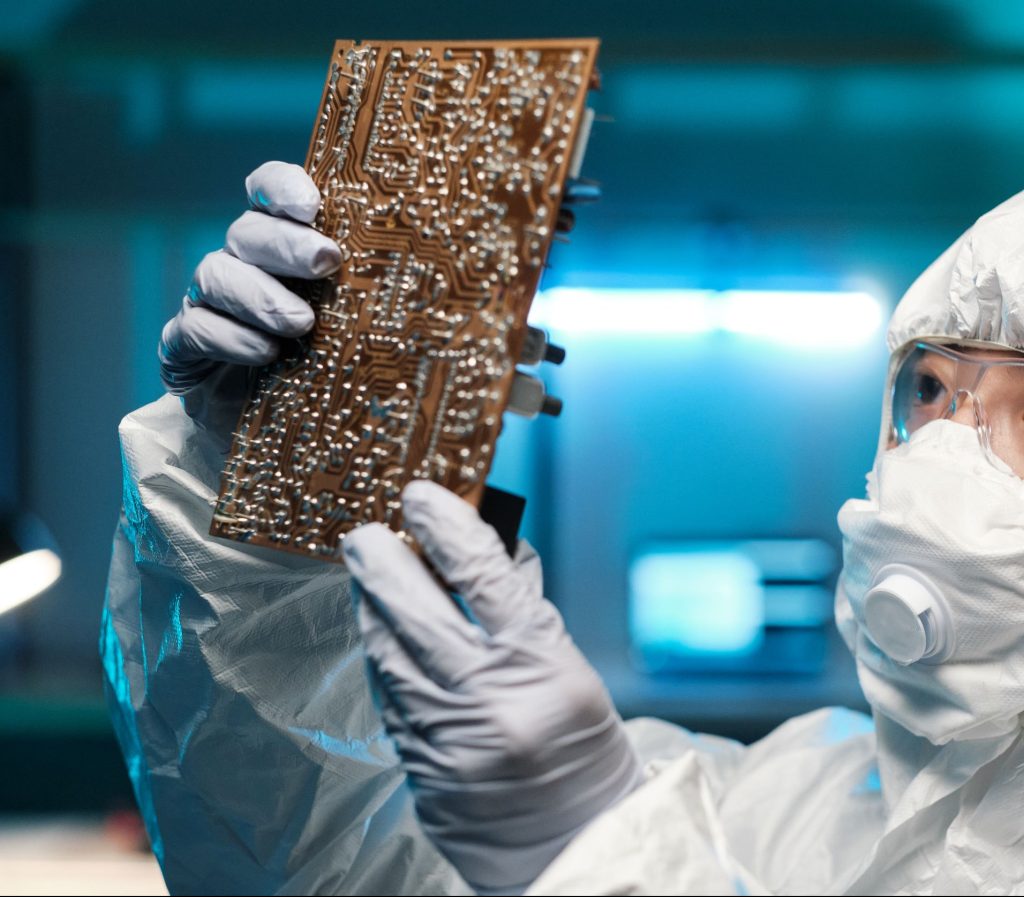Regulation Waste of Electrical and Electronic Equipment
The Regulation on Waste Electrical and Electronic Equipment (WEEE) aims to contribute to the sustainable production and consumption of Electrical and Electronic Equipment (EEE). Primarily, this is achieved by preventing the generation of EEE waste. Additionally, it enhances reuse, recycling, and other forms of beneficial use of e-waste to reduce the amount of disposed waste. This contributes to more efficient resource utilization and the recovery of valuable secondary raw materials.
Ultimately, this regulation holds producers or importers of electrical and electronic equipment (partially) responsible for managing that product in the waste phase. This includes responsibilities for collection and processing when the product becomes waste. Producers and importers must also arrange the financing for these processes. Retailers, processors, and municipalities also have specific obligations under the regulation. The WEEE Regulation is the Dutch implementation of the WEEE Directive.
Andere relevante publicaties
Re-use of soundbars
How feasible is it to give soundbars a second life? Commissioned by Stichting OPEN, Second Use investigated the re-use potential of four soundbar models, revealing insights into repairability, consumer interest, and key barriers.
Re-use van soundbars
Hoe haalbaar is het om soundbars een tweede leven te geven? In opdracht van Stichting OPEN onderzocht Second Use de potentie van re-use bij vier modellen soundbars – met inzichten over reparatiemogelijkheden, consumentengedrag en belemmeringen.
Re-use of cordless vacuum cleaners
The re-use of cordless vacuum cleaners presents interesting opportunities, but battery replacement costs pose a significant challenge. This study, conducted by Second Use on behalf of Stichting OPEN, examines the feasibility of refurbishment and identifies key improvements to extend the lifespan of these appliances.


